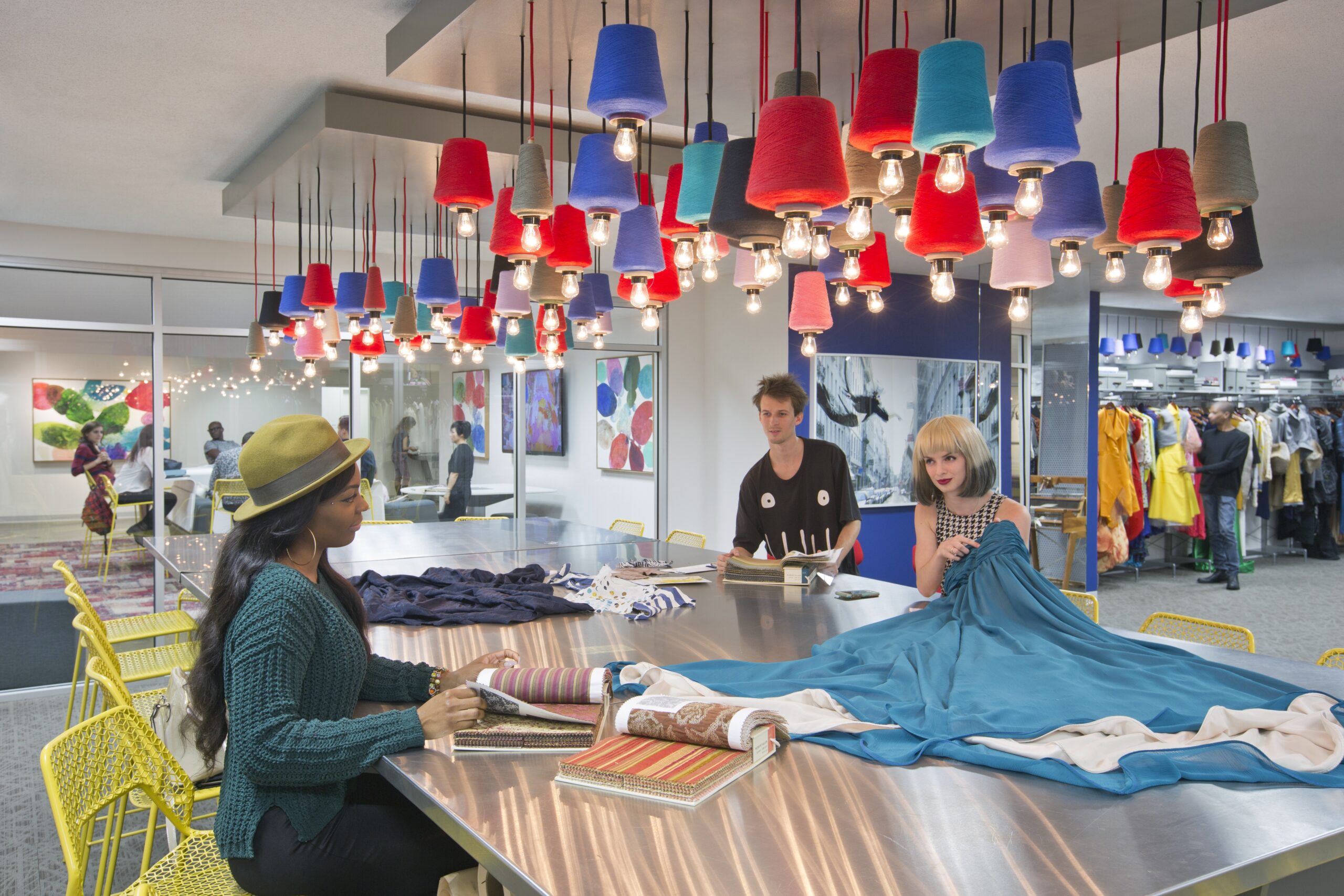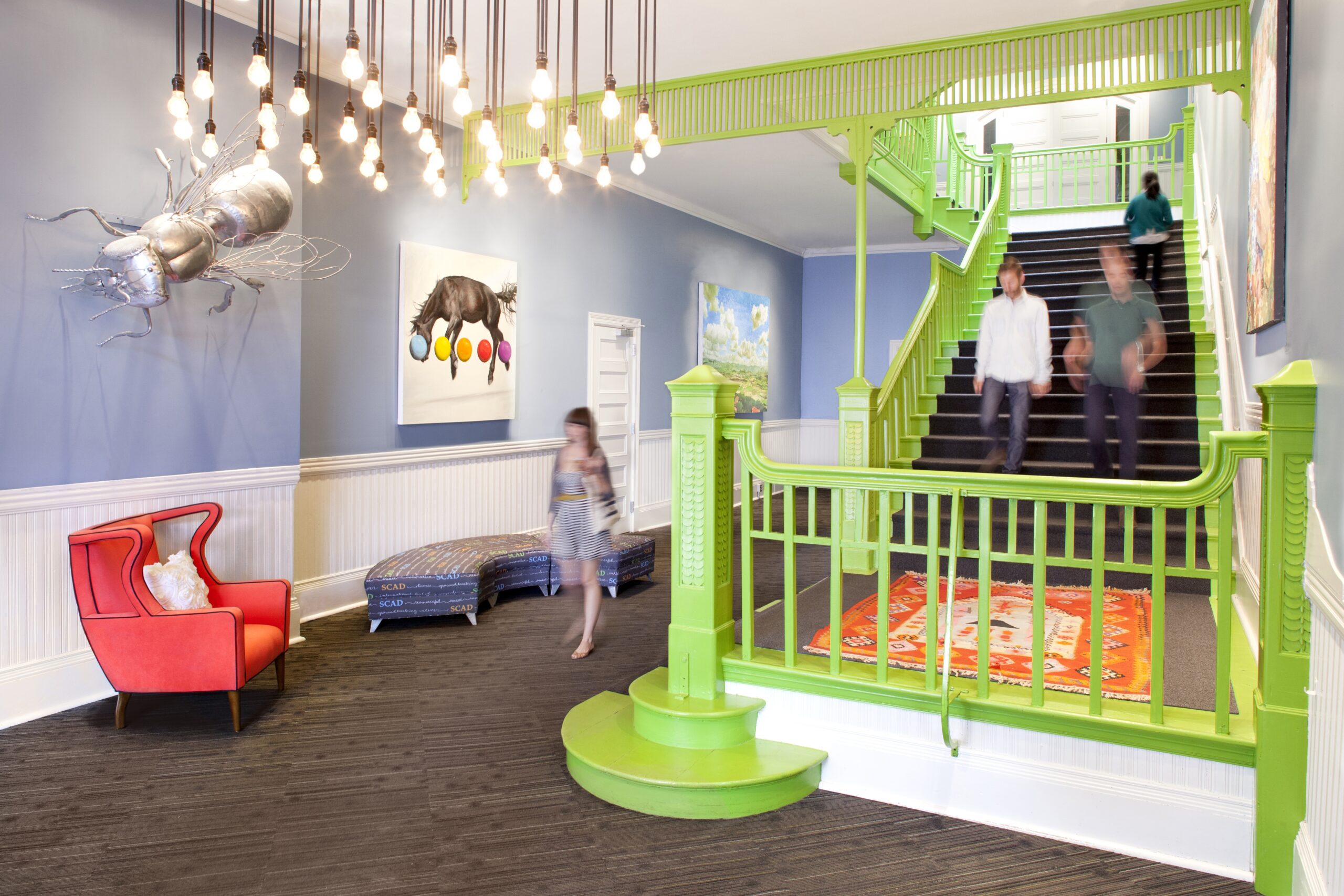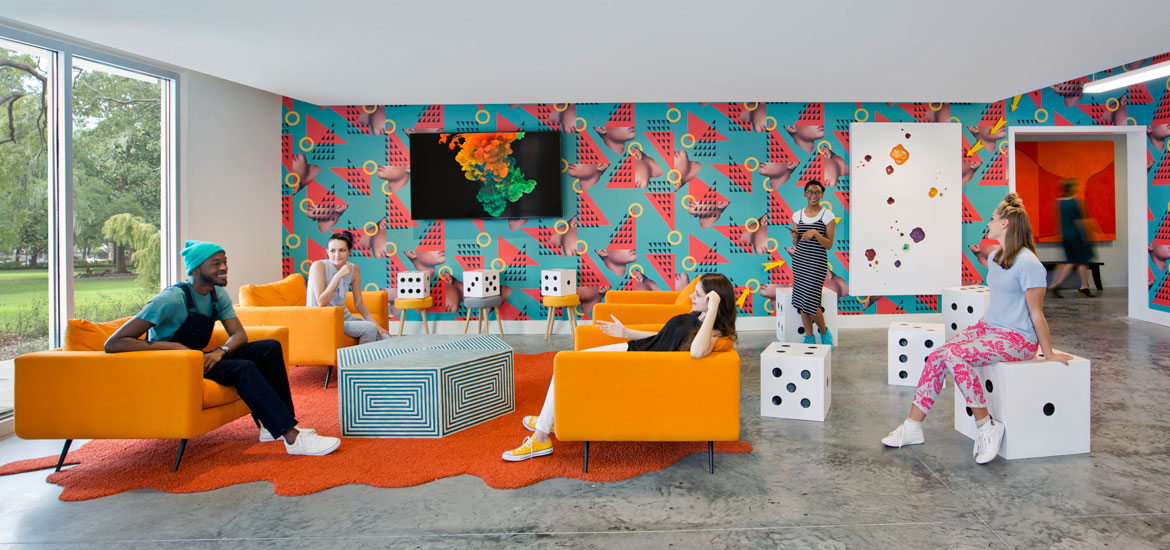Q&A: SCAD President Paula Wallace on Design Education Today

In 1978, Paula Wallace paused her elementary school teaching career to found the Savannah College of Art and Design, selling her Volkswagen Beetle to help cover the costs. The university is now a leading art and design institution with 104 degree program, four international campuses, and a $85 million endowment. Following Interior Design editor in chief Cindy Allen’s recent visit to the campus to deliver a talk with designer Ghislaine Viñas, we sit down with Wallace—who has been president of SCAD since 2000—to hear her advice for aspiring designers and take on technology in the design classroom.
ID: What are the biggest challenges in the design profession, and how do you train students to be prepared for them?
Paula Wallace: More than ever before, the design profession finds itself operating on a global scale, prompting internal and external communication challenges. Large, multinational design firms must be cognizant of language barriers and cultural context. You’ve got to get down in the weeds. You’ve got to listen.
With a student body representing more than 100 countries, SCAD is innately international, creating authentic opportunities for students to gain global perspectives on design challenges. For instance, during a collaboration with Disney to reimagine hotel rooms, a student from South America shared that in his culture, the typical travel group includes extended family—a fact that surprised even the professional design team.

ID: What advice would you give to a student thinking about becoming a designer?
PW: Embrace curiosity. Learn something new: a language, a sport, a musical instrument. I’m always surprised to see how my own love of the piano continually informs my work as a designer.
Identifying a mentor should also be a top priority for any young designer, and you should continually nurture that relationship. I regularly correspond with SCAD graduates seeking guidance, and I still thank my own mentors.
As the Chinese proverb says: “A merry heart makes a cheerful countenance.” Express humor and optimism, even in discreet ways, in your design. Excessively stern design—except for a prison or a courtroom—is probably not best for the users or owners of spaces. Have a little fun with color and art. Surprise and delight your clients. I try to incorporate lightheartedness and high spirits into SCAD environments, and I believe most people overtly or subtly respond by being a little friendlier, a little kinder than they might have been in a starched, somber environment.
ID: How can arts education promote both imagination and practicality?
PW: I think the question is: How can it not? I founded SCAD with the dream of preparing talented students for professional careers, and that’s exactly what we do! Creative success lies at the intersection of imagination and realism. At SCAD, we teach students to research and cultivate grand ideas, and then strategically apply those ideas in the business world. That’s when success is achieved.
ID: Interior designers need to be well-versed in art, furniture, architecture, and so on. How can institutions like SCAD breed multidisciplinary thinkers?
PW: Collaboration is the lifeblood of SCAD. From the very first year, our students are working with classmates in other disciplines and they quickly see the importance of knowing multiple design languages. That’s why so many SCAD students double major or minor in a discipline that extends their knowledge (we offer more than 70 minors, from illustration for surface design to exhibition design).
And then there’s the SCAD Collaborative Learning Center (CLC), an epicenter of real-world partnerships, where students from across degree programs convene to solve real design briefs set forth by the world’s great brands. Since its inception, the CLC has engaged nearly 3,000 students and more than 120 companies, including BMW, NASA, Disney, Microsoft, Google, and other titans.

ID: How has technology entered the design classroom at SCAD?
PW: Today’s students are digital natives. Technology is, in many ways, what they know best (most SCAD students arrive already possessing a facility with HTML and Adobe Creative Suite). This has been in the last five or six years, really. Just 10 or 15 years ago, we had to teach students how to format and use images for a visual presentation—not so anymore. They already know. They teach us.
That cultural shift is fueling a new discussion about the role of technology in the classroom. Instead of asking when these tools should be introduced, we now muse on how they should be introduced. Our SCAD interior design students are uniquely positioned because they have constant access to the latest industry-standard tools as well as international experts certified to teach them how to work smarter.
We want SCAD students to be masters of technology, nimble operators who can effectively articulate their ideas through software. We also want them to know when to put down the technology and apply the more enduring tools of the hand, the eye, the mind, the imagination. Some of our faculty do not allow any laptops or other technologies in class for this very reason; not because they’re Luddites, but because they want students to understand that technology works for us, we don’t work for it. It’s an important distinction.

ID: What new topics is SCAD exploring at the moment?
PW: For many years, sustainability was the hot topic in design. Today, sustainability is simply de rigueur. One is expected to understand green practices and the virtue of environmentally conscious design. The profession remains responsive to cultural shifts, and of late, the two newest buzz words are resiliency and wellness.
Resiliency refers to the creation of buildings capable of withstanding natural and man-made disasters. The question is: How can we design structures that are proactive in maintaining health and safety and also versatile enough to promote healing in the wake of a tragedy? Wellness is a very inwardly focused idea. Designers now focus on innovating buildings and interiors that foster the wellbeing of people using the facility. From colors to fabrics, mindful design of these spaces can advocate for a healthier lifestyle. SCAD is already introducing these topics into the curriculum and the students have enthusiastically responded.

ID: What would be your advice for an aspiring designer who is not able to pursue a traditional design education?
PW: I encourage you to find a mentor, a local designer who can help you refine your skills and network in the industry. Hold dear your professional relationships; they will prove invaluable. Make the best of what you have and transform negatives into positives. For instance, if your resources are limited, embrace that limitation as its own design asset (i.e., a rare chance to have zero overhead costs!), which allows you to accept any project that comes your way, in turn providing the practical experience you need to build and advance your career. Where there is a will, there is a way.
I know of many single mothers who have taken one course at a time to earn their degrees. Though it may take a little longer, the National Center for Education Statistics reports that median earnings for a college graduate are 66 percent higher than those with a high school diploma. It’s impossible to have too much education.
Otherwise, read Interior Design and travel as much as possible to become literate in design and to form your own design lexicon.


